| Once our train arrives in Aqua Calliente, we walked to the Hatuchuy Towers, which is the same hotel I stayed in two years ago. Eva’s and my room had a view overlooking a small plaza and the Urubamba River — beautiful! After unpacking, we met the others for lunch at a restaurant that is around the corner from the internet café. Though I had breakfast only hours ago, I was famished and had a delicious tomato soup with Parmesan cheese, garlic trout, potato frites (french fries), and créme brûlée for dessert — excellent! |
- Machu Picchu was probably rebuilt around the 1300s according to carbon dating, but no ceremonial items have been found at the site from that period.
- Halkeymalkeys and palkeymalkeys are winged-beings (angels) that live in high mountain ranges and have been around for a very long time.
- Machu Picchu has many mountain representations. These are yanantin or dissimilar equivalents — such as a stone that has the same shape as the mountain behind it, like the Pachamama Stone, or a celestial / solar feature.
- There are three stages of development at Machu Picchu. The Temple of the Sun is Inka or pre-Inka (1000+ years old). At that time it would have been in perfect alignment with the solstice. As time goes by, that alignment creates a growing gap because of celestial movement.
- Altomesayoqs are the bridge between Spirit and man.
- A kurek akulleq is a master of vision; has the ability to create new seeds; new structures. This domain is found in paqarinas.
- Paqarinas are the domain of Santa Tierras or nuest’as. They have to do with conception; where life emerges; the place where enka and illya are held. The Virgin of Conception is also another name for paqarinas.
- High paqos (shamans or medicine people) hold these same types of spondelous shells (salmon color in the inside) in their mesa, which symbolize the feminine and paqarinas. Shells are used in despachos to symbolize the paqarina as container that holds the next evolution of form. The Christian representation of a paqarina is the Madonna, which is seen in churches and homes everywhere.
- Santa Tierra Quillabamba and Santa Tierra Wakapaqa are expressions of the feminine and paqarinas that always show up in Adolpho’s mesa.
- Machu Picchu was carefully selected as the location to “tie” the mountains / apus to earth / Pachamama.
Jose Luis then went on to describe the three Celestial Mesas:
| 1st Level Mesa | Senor Collya R’iti Senor de Huanca Senor Toreychayoq |
| 2nd Level Mesa | Ausangate Salkantay Pumacillo Urusaiwa Yanantin Machu Picchu Pachatuscon Huayna Picchu |
| 3rd Level Mesa | Huayna Picchu Macho Mandur San Miguel San Gabriel Pitu Siray |
- Today, there are 4th, 5th and 6th level mesas — these have not fulfilled their ayni or right-relationship and gravitate to paqarinas and apus (e.g. Pachatuscon) in order to re-establish their harmony. Apus that come through these mesas are just voices.
- Don Martin brings forth the voice of 4th mesa beings when he calls the apus — this helps them regain their ayni.
- Adolpho presently has a 3rd level mesa. Apus that come through a third level mesa can manifest, but not be seen. At this level, prayers and despachos are needed.
- Adolpho has the possibility of attaining a 2nd level mesa — the apus have charged Jose Luis with teaching him the cosmology. In exchange (ayni), we were told, Adolpho must only work with Jose Luis. When a mesa rises to the second level, it has the ability to heal immediately. At this level, despachos are no longer needed.
- The cosmology of the Inka did not include demons and devils. Since the Spanish influence, the modern cosmology of Peru has taken on Christian mythologies.
- Apus gravitate towards power; light; consciousness. The quality of one’s mesa attracts apus of a reciprocal level of power.
- All relationships have qualities and condition that define it. These affinities exist in time.
- Kayao affinities are the most common. They have form in time/space and become rigid (dense energy). RIGID
- Payan affinities are more fluid and negotiable; at will there can be changes, but they are still held in time/space.
- Kollana affinities are not limited by perceptions in time/space. They are completely fluid and always in a state of creating.
- Using the metaphor of a floorplan, Jose Luis described affinities this way: fixed walls/doors/windows (kayao); moveable walls/windows/doors (payan); totally open space with no wall/doors/windows (kollana).
- Humans need a place to belong. Memories keep us anchored. In contrast, the Universe is continually evolving; fluid.
- The ultimate test is ones ability to shape-shift. This is the domain of 1st level mesas — the highest level.
- The ability to embody ritual allows us to access higher frequencies and the state of fluidity.
Mapping was the next theme Jose Luis shared with us.
- Greater than solar-based relationships are celestial relationships. The Southern Cross represents the hanaqpacha and is one of the oldest symbols. It also describes the homecoming of all pachas on Earth with the Universe, as well as our Earth's position in relation to Sirus the Dog Star (resets every 52 years).
- When the constellation of the Llama (Alpha Centauri) raises its head — its black nebula — it denotes the start of the dry season.
- When the Southern Cross is at its apex (around May 2), the portal to the hanaqpacha opens and shamans track his or her destiny.
- When the Pleiades (Colca) rises, about thirty days before the Winter Solstice, the festival at Collya R’iti occurs — it is usually scheduled now about 30-45 days before the Winter Solstice.
- The Pleiades hold the seeds of fulfillment (destiny). A mesayoq’s job is to retrieve the seeds and find the one that will nurture and bring him or her into fulfillment.
- A person who has mapped their affinities in the Kaypacha knows what their future is about.
- Persons of high power map the Hanaqpacha in the stars to know his or her destiny.
- Through salka — the part of oneself that is not pre-conditioned to anything — one can retrieve their highest possibility. As you embody more and more salka, you escape the grip of time.
- A 1st mesa is held by those who have returned to Pachacamaq (Creator of all Pachas: God) — they are the ones who command and embody pachas (cycles within life).
| At this point, we began walking back to the Death Stone or Funeral Rock. Here, Jose Luis reenforces that at the Death Stone is where Inkas mapped their transpersonal nature. Where, in the past, I've been privileged to do just that during nighttime ceremonies. The process involves symbolically dying to one's "old" self, so they can be reborn in the morning to the fullness of NOW — to map our transpersonal nature so consciousness expands and there are no obstacles / friction in life. Symbolic death allows us to get past impending engagements, promises, fears, etc. Obstructions create structures of beliefs around engagements that feed on one's life-force. |
- As consciousness expands, so does our mesa. We become less pre-conditioned by everyday life.
- In the shamanic tradition, you need to be twice-born. In this way, death becomes an ally — so when you physically die, you can have a gentle and elegant passing.
- In the Kaypacha (Middle World), life is about relationships and engagements = archetype of Chokinchinchay — jaguar who knows the way across the rainbow bridge that connects this Kaypacha (Middle World) to the Hanaqpacha (Upper World).
- The archetype of the Hanaqpacha (Upper World) is Apuchine. Life is about the expression of nature (i.e. mountains, rivers, etc.), one’s allyu or community.
- Behind the Death Stone is the main cemetery at Machu Picchu. Bodies buried here were embalmed along with animals to help the deceased cross over the “bridge” to the Hanaqpacha. The “ring” on the Death Stone was used to tether the animals that were sacrificed.
- Archeologists have found non-native stones that were left as offerings around the Death Stone, which leads them to believe that Machu Picchu was a sacred site that attracted people to come from throughout the empire.
- Chokenchinchay is the organizing principal (symbolized as a jaguar) that allows one to merge pachas into Oneness — the celestial pacha. From this vantage point, Pachamama is omnipresent and the Uhupacha (Lower World) is found in the heavens;
- Another ceke connects the Death Stone to destiny. In the cosmology of the altomesayoq, we need to die so we can re-member — so we can “see” the Hanaqpacha (Upper World).
| Everywhere in the landscape around Machu Picchu and embedded in its architecture are yanantin (dissimilar expressions of equivilence) and masintin (similar expressions of equivilence) relationships to mediate duality. |
For more information about cekes, Jose Luis suggested that we explore the writings of Gary Urton.
This conversation led Jose Luis to talk more about the relationship of the vertical axis of the Tiwantinesuyu Cosmology or four-fold path to wholeness. He told us:
Hanan is the upper portion of the vertical axis that allows us to map our vision so that we can bring it to fruition. Uring is the lower portion of the vertical axis by which our cekes dictate how we create enact our relationships and engagements in life. In this way, our mesa becomes Point Zero — the midpoint of the vertical (hanan/uring) axis in the Tiwantinesuyu cosmology.
The more power (kollana cekes; consciousness) held in our mesa, allows us to become less dense, more negotiable and resilient, and able to master time. To do this, we need to become consciously aware of which cekes are connected to our vision; infinite, and which are connected to our relationships and engagements, in time.
Mastering the domains of hanan and uring provide the road map to transcendence:
- collectivity — the ability to connect with all domains that constitute an allyu or community;
- reciprocity — the degree of affinity one has with ayni or being in right-relationship;
- luminous awareness — being present in the NOW; and
- essence — conscious awareness of the essential in everything.
Ranti is the term used to describe the state when dissimilar qualities of energy or equivalents (yanantin) are brought into perfect resonance. The result is highly organized congruence.
Hapu is the term used to describe the state when similar qualities of energy or equivalents (masintin) are in perfect harmony.
This conversation led to mapping the Seven Worlds of the Hanaqpacha or Upper World.
- Stone people
- Plant people
- Animal people
- Humans / Dogs / Frogs / Whales
- Taripay Pacha — Consciousness that has acquired awareness through transcendence; Time we will meet ourselves again. This is the realm of:
- Ascended masters
- Enlightened beings
- Halkey Malkeys, Palkey Malkeys, all winged-ones such as angels
- Weakuna (Talking Heads)
- Kilkeys (small fairies such as the ones we experience at Machu Picchu during nighttime ceremony)
- Huamanese (luminous ones)
- Christic/Buddha energy
- Wiracocha, God, Creation itself
- The Hitching Post is aligned with the Llama constellation (Alpha and Beta Centauri) and the cycle of rain/precipitation throughout the year;
- All Hitching Posts (i.e. Pisaq, Machu Picchu, etc.) work independently as well as in conjunction with one another to map the celestial landscape.
- The Hitching Post of the Sun is where one restructures their coordinates —memberships to Pachamama and light; Uhupacha/Hanaqpacha; Hanan axis.
Next, we headed to one of my most favorite places — the Temple of the Uhupacha.
In late afternoon, I hopped on one of the bus’ to take me back to Aqua Calliente where I checked email before going back to our hotel. That night, we all met at a designated restaurant and ordered five large pizzas — all yummy!
Afterwards, we walked across the train tracks to a friend of Adolpho, who has an apartment in a concrete tilt-up building, There, with the windows blocked with heavy black fabric that allowed no light in, Adolpho called in the apus. As Adolpho prayed in Quechua the apus and Santa Tierras joined us — bursting through the concrete walls and floor. Jose Luis interpreted the apus’ messages. He told us that the they have been very pleased with our work. Meanwhile, in front of us on the altar where our mesas were laid out, soda bottle and beer caps popped off. When I would peek a look into the pitch black darkness, all I could see were colorful sparks flying as crystals were rubbed together blessing our mesas. During the ceremony, we learned that Adrille was given 60 days to decide whether he wanted to become an altomesayoq and take on that level of responsibility.
Our hike back to the hotel was in complete silence. Something extremely powerful and at the same time, unexplainable, happened for me during this ceremony. I was left with the knowingness that the work I have been doing is restoring my health back into perfect balance (no more leukemia) and that the road map Jose Luis laid out today, along with a more concentrated focus on fully embodying the saiwas, was the next big piece of my earthly journey.
I fell asleep as soon as my head hit the pillow, which was encircled by my kuyas like a halo. My intention was for them to more fully inform my Becoming and make me available to a “see” a more expansive vision.
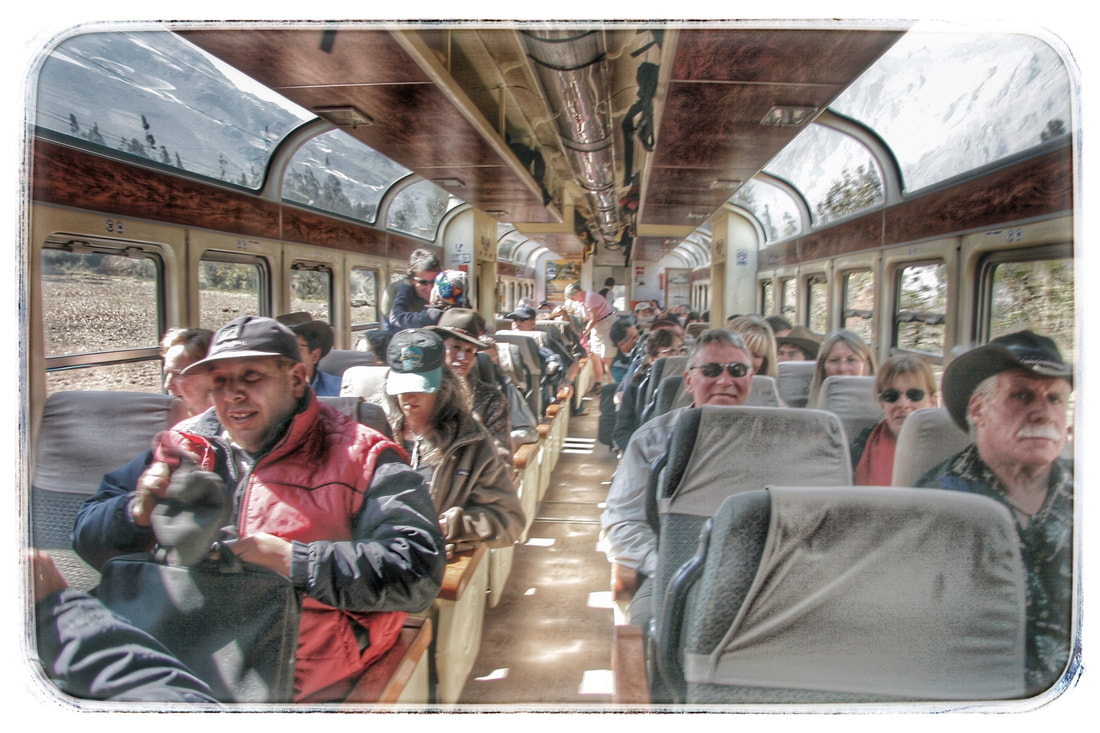
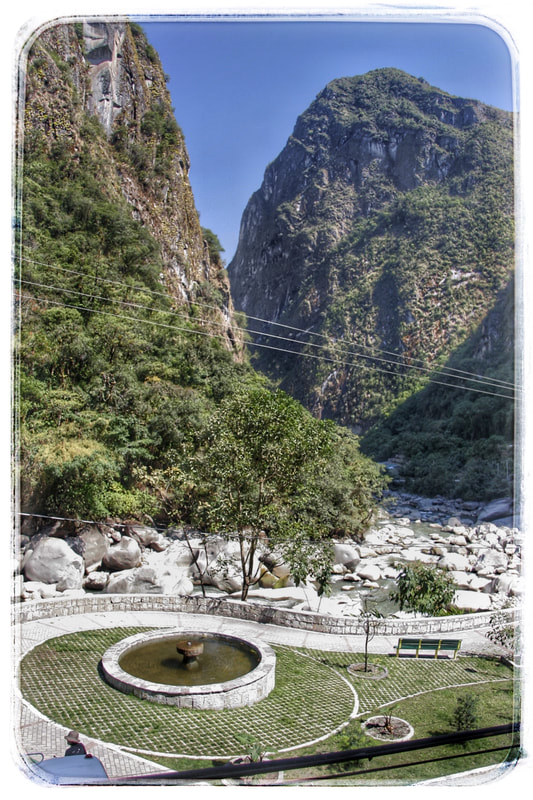
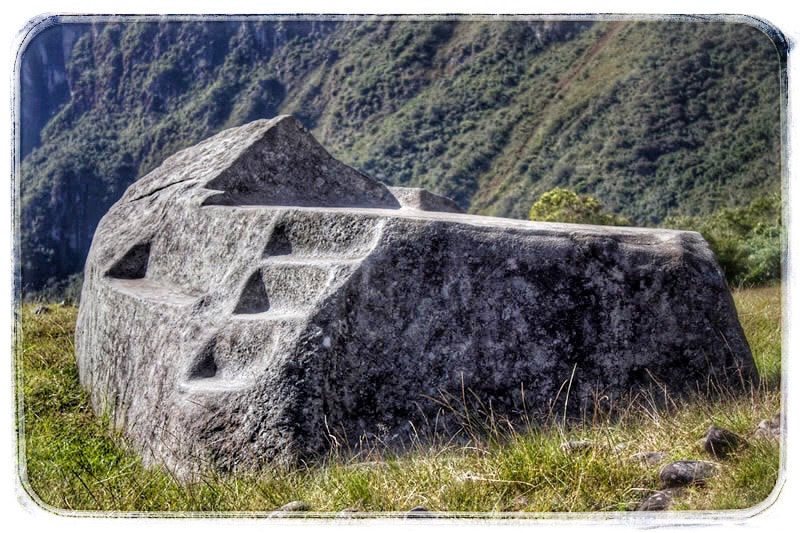
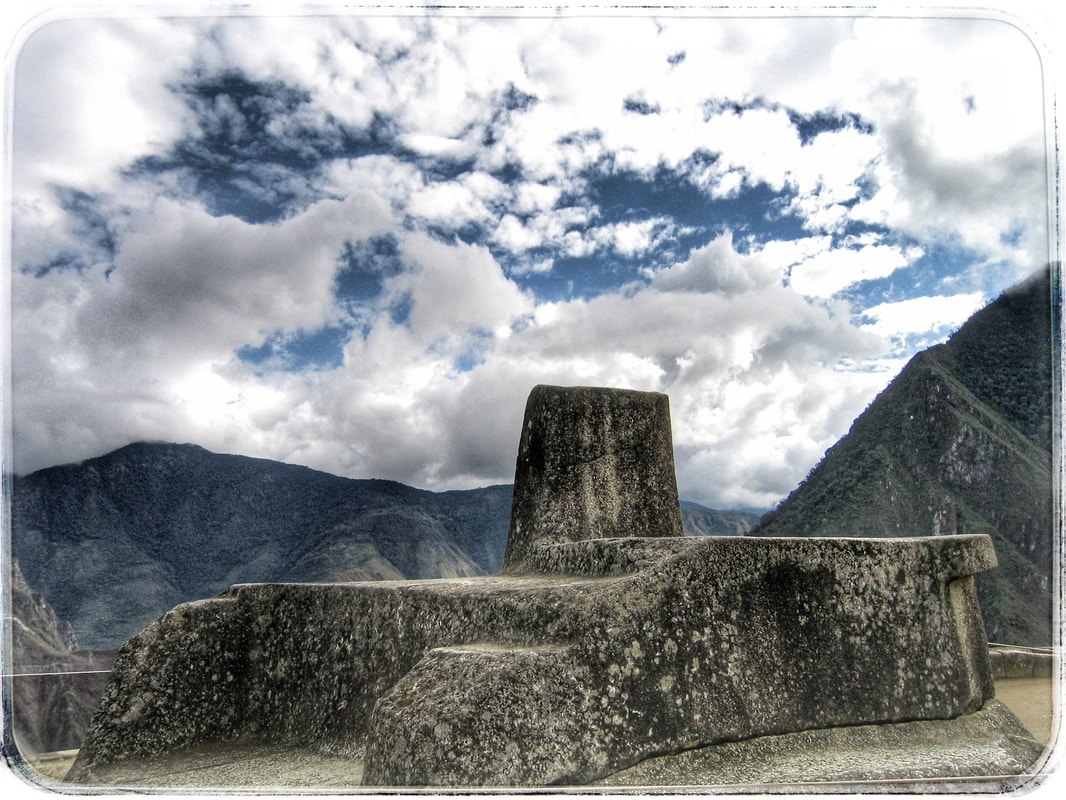
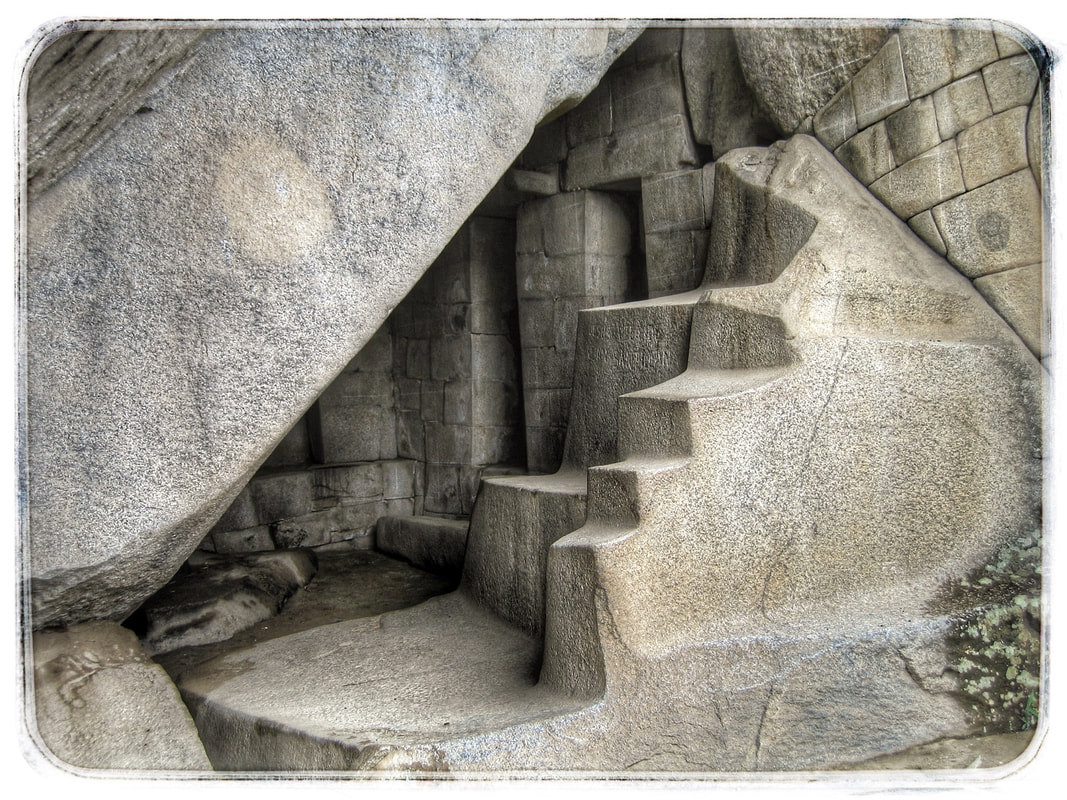
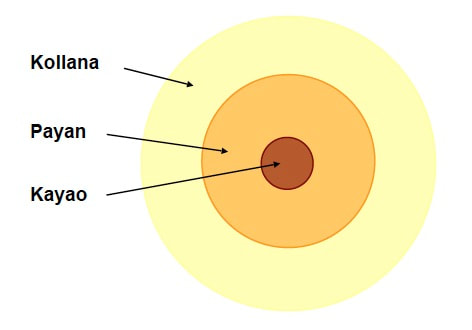
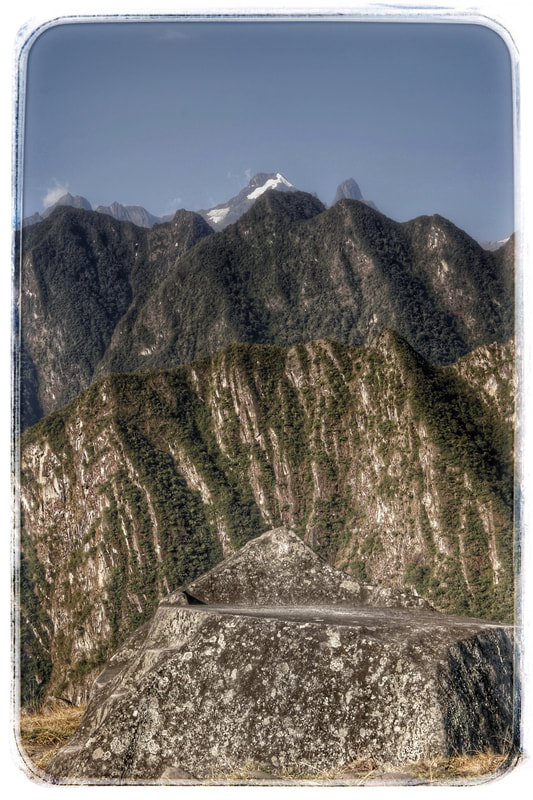
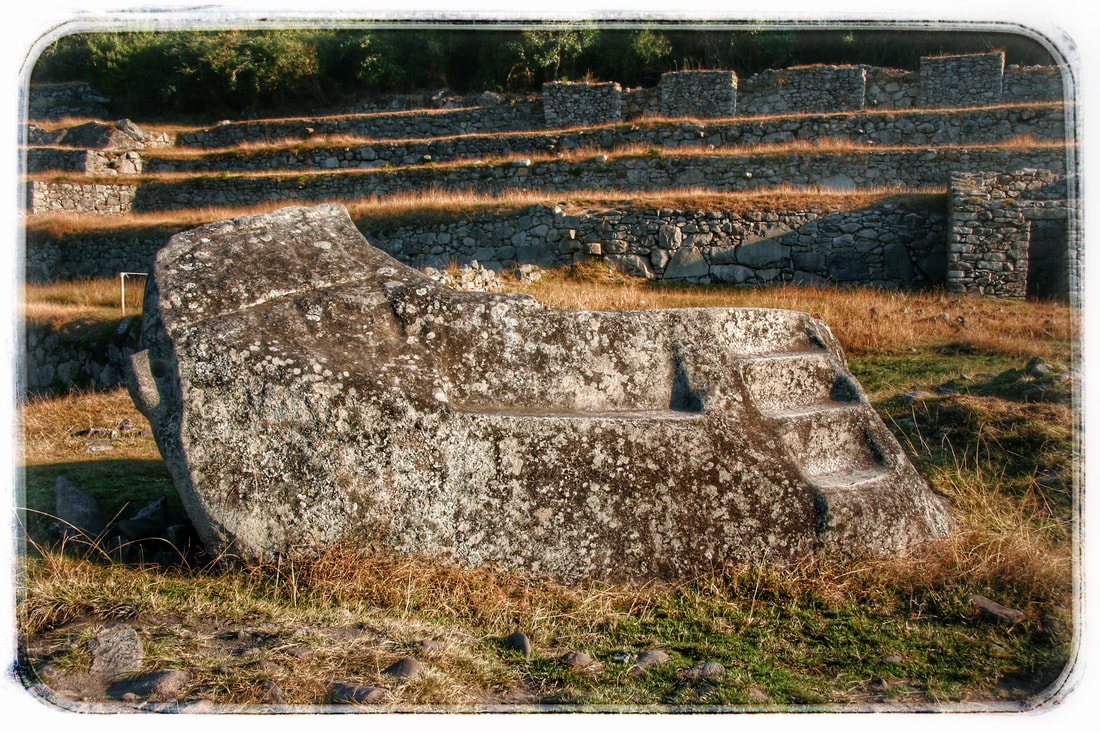
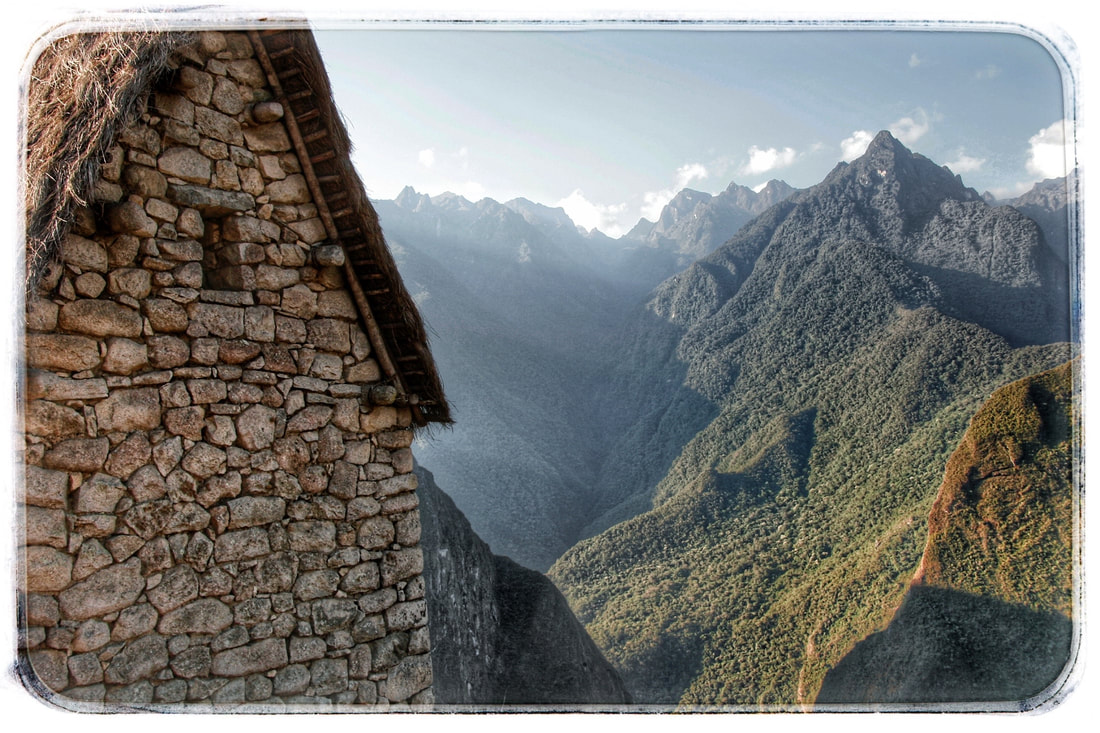
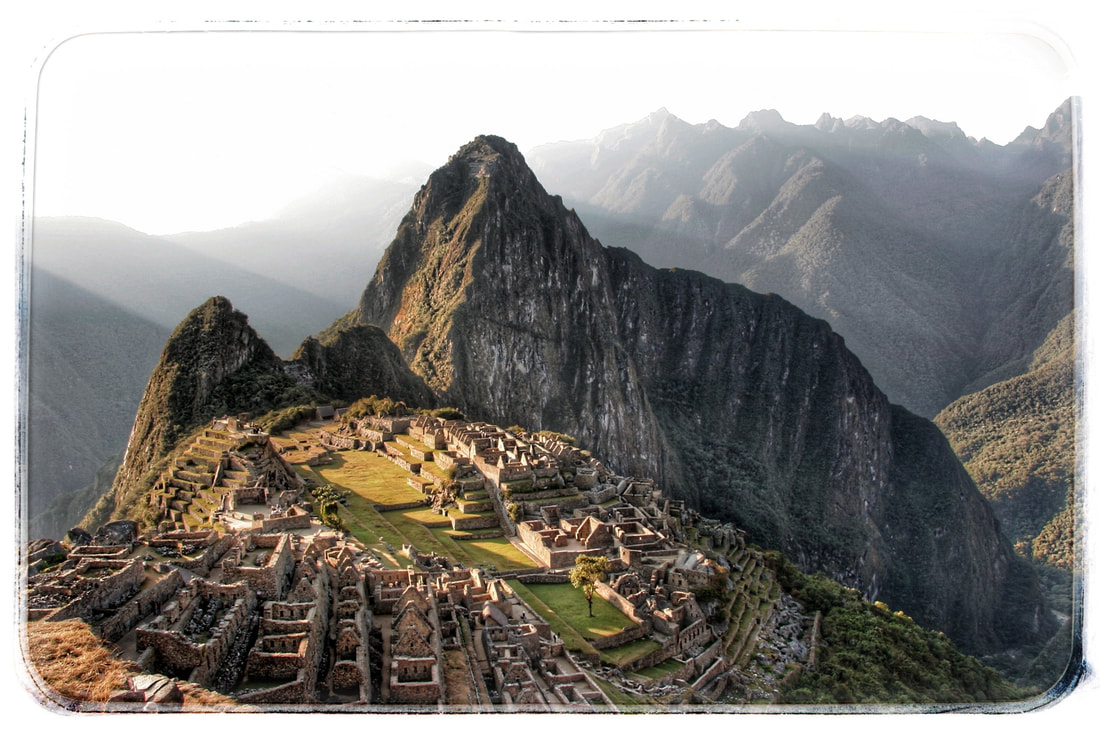
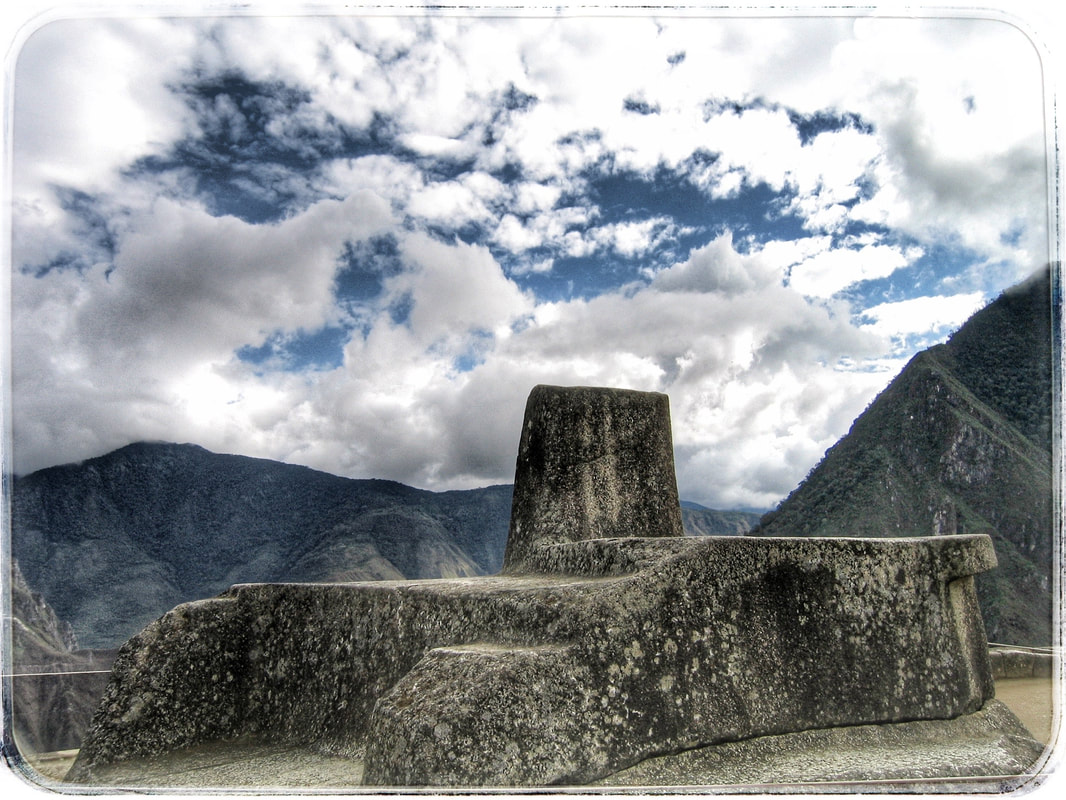
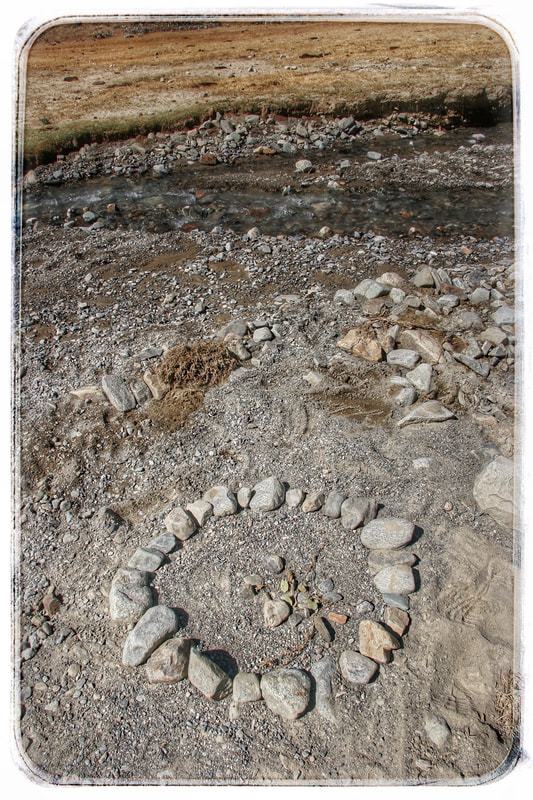
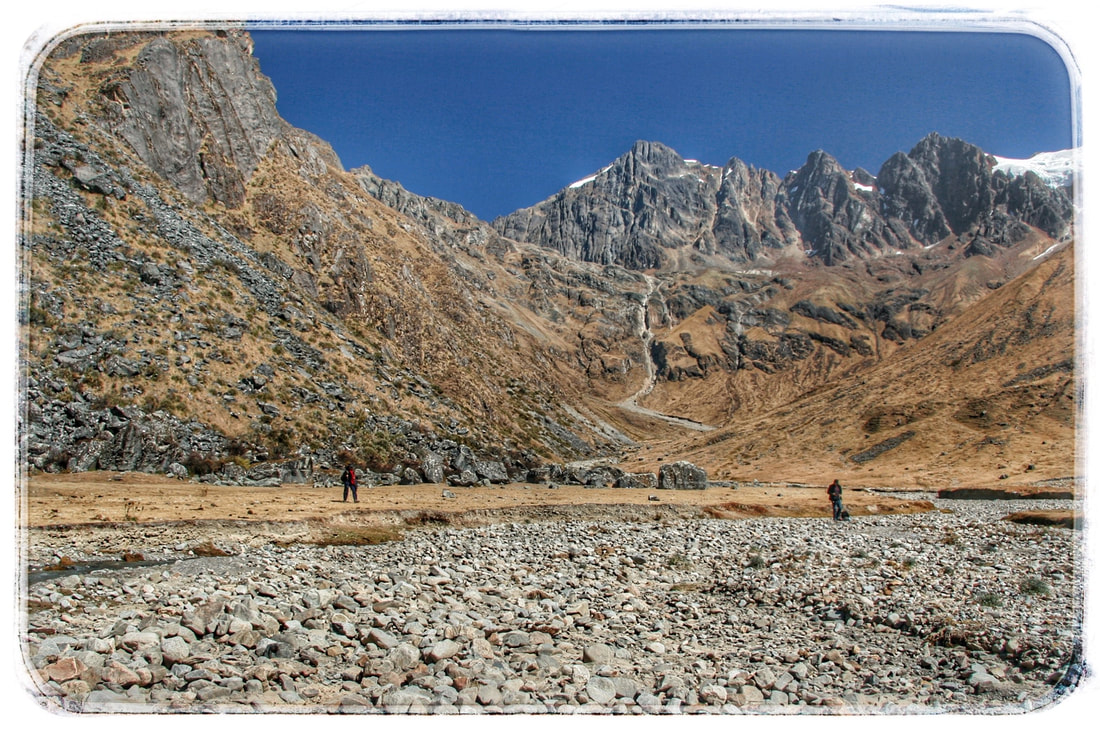
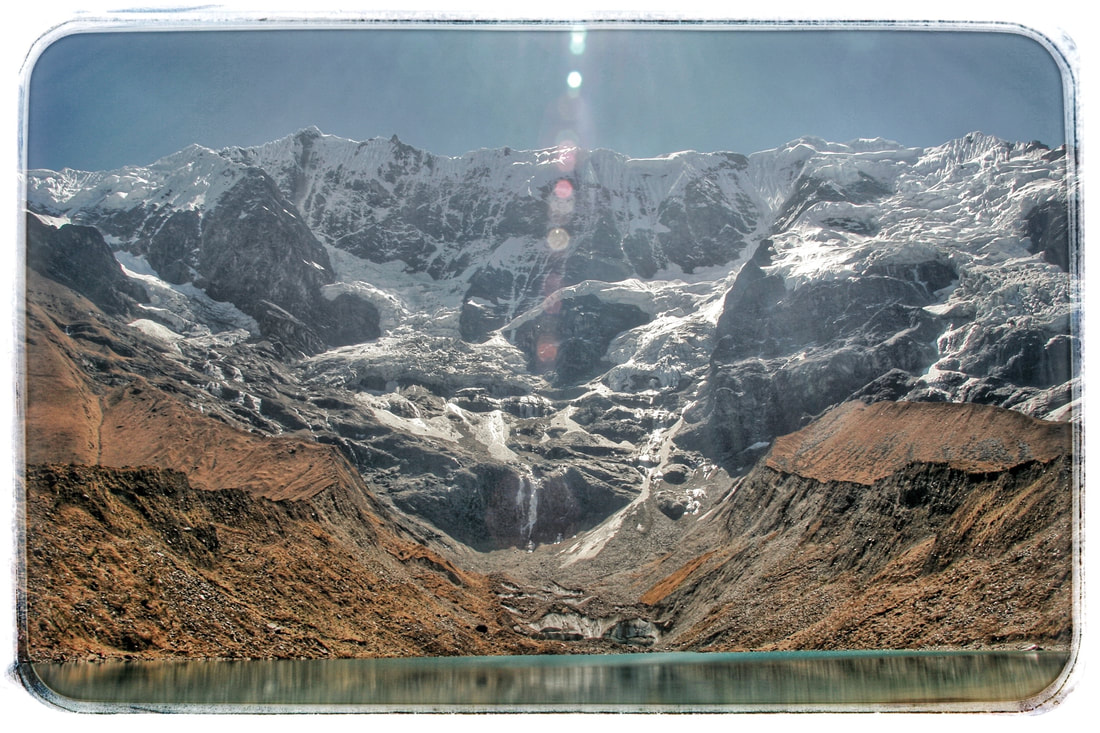
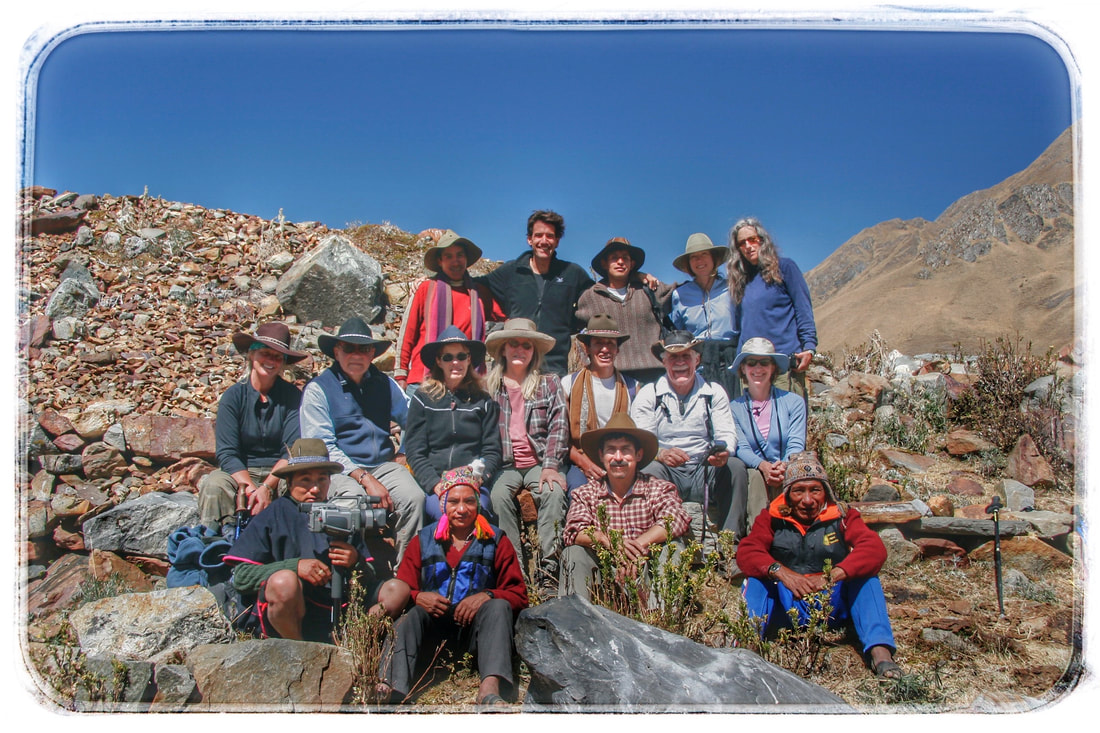
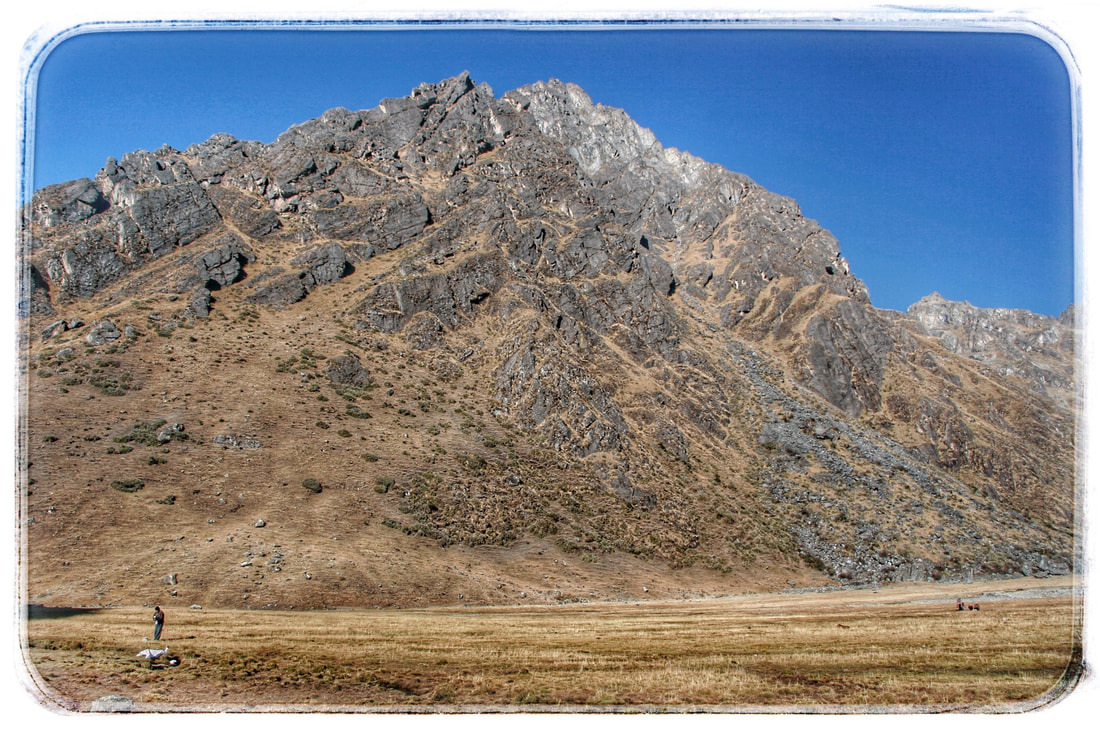
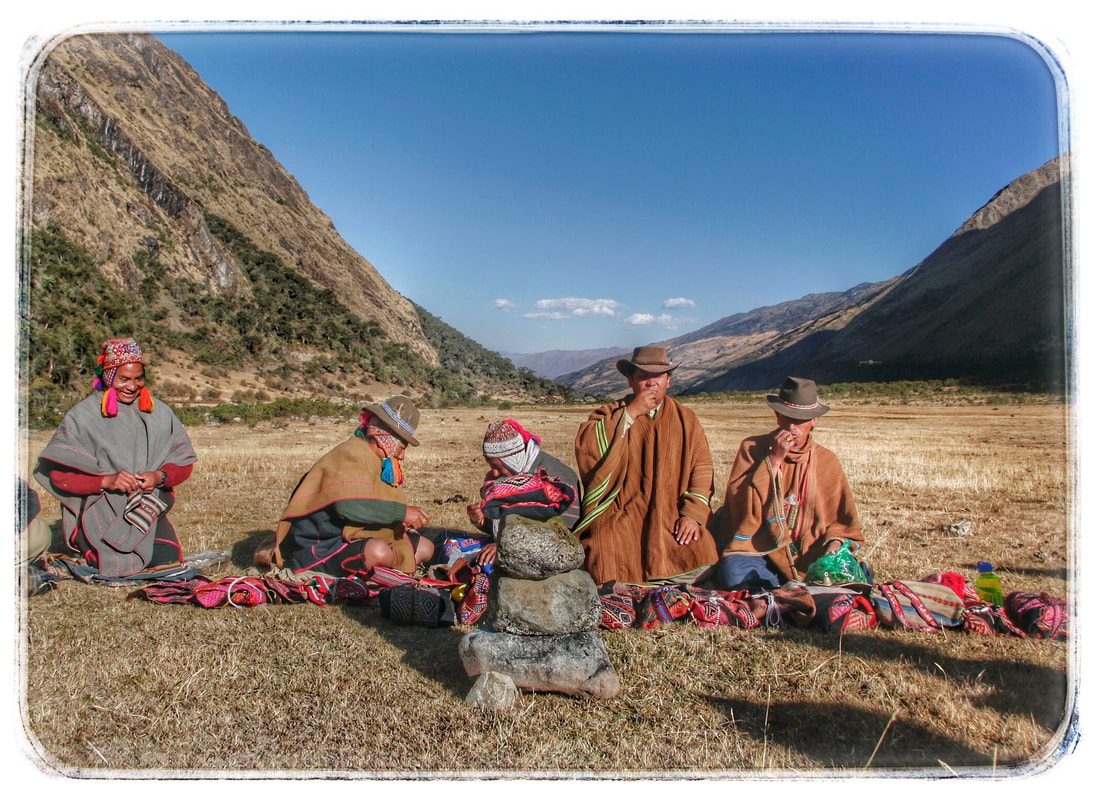
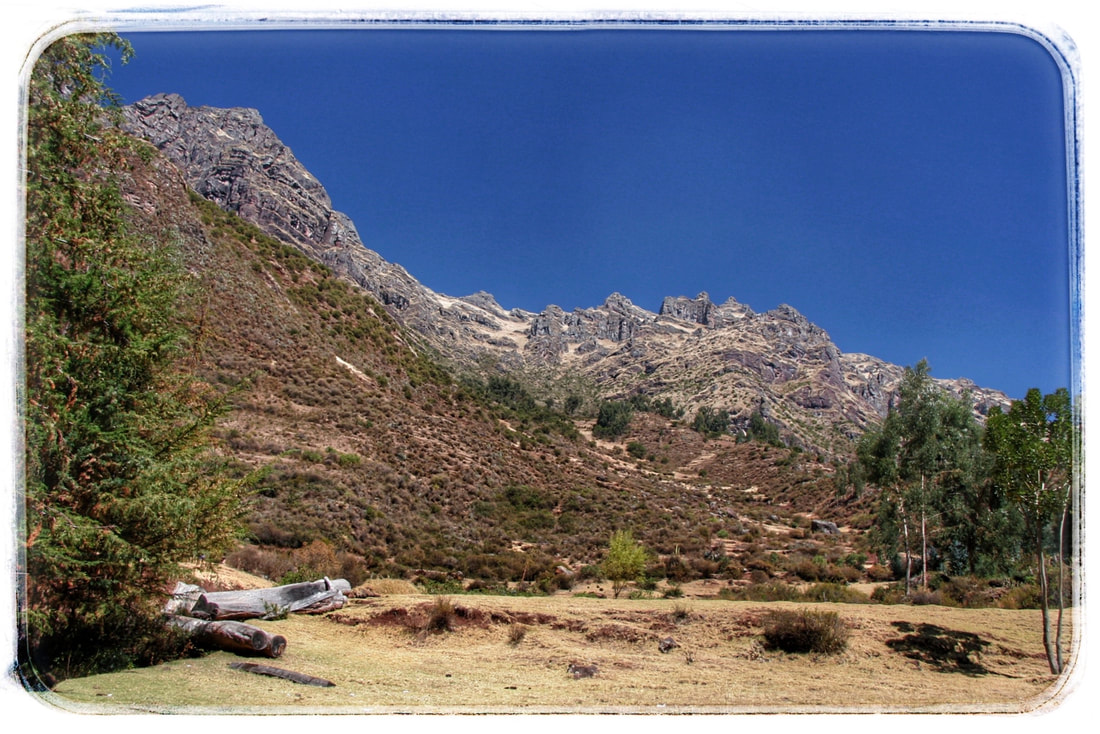
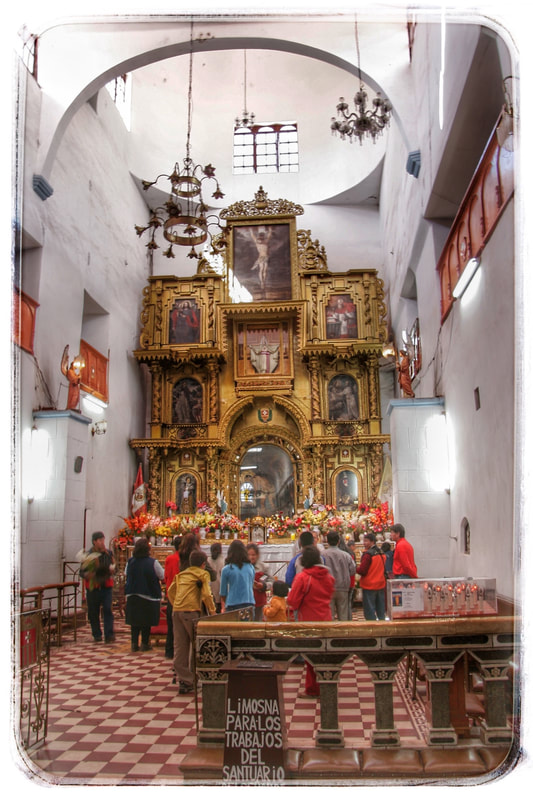
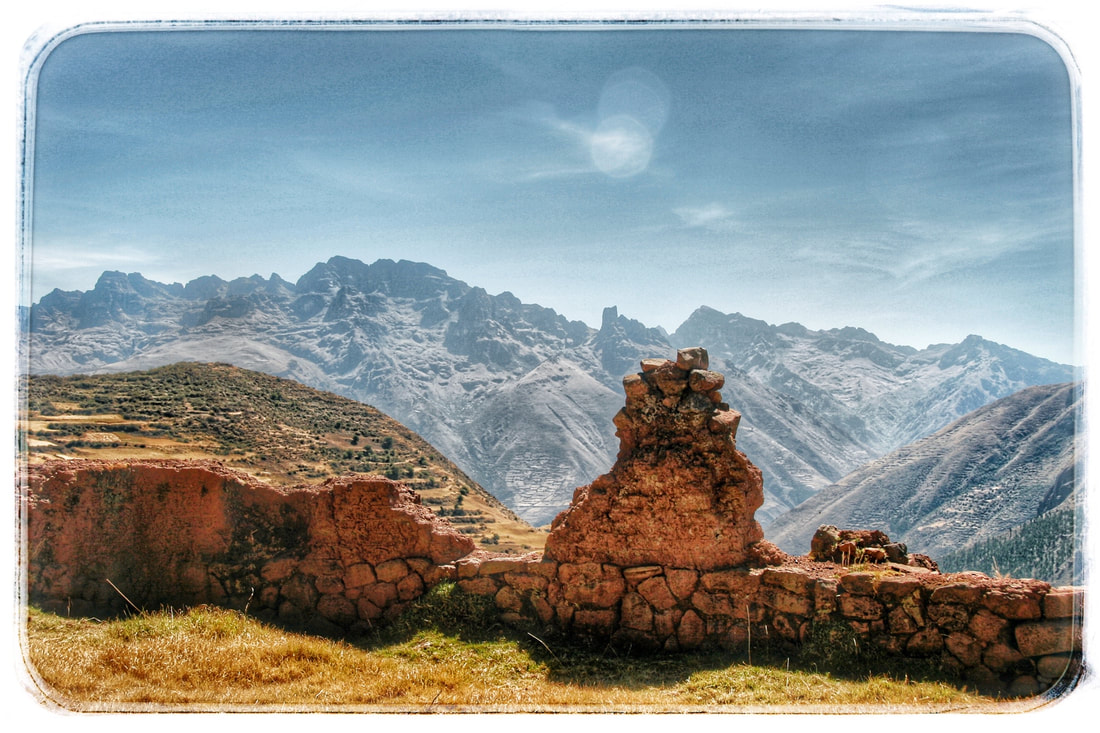
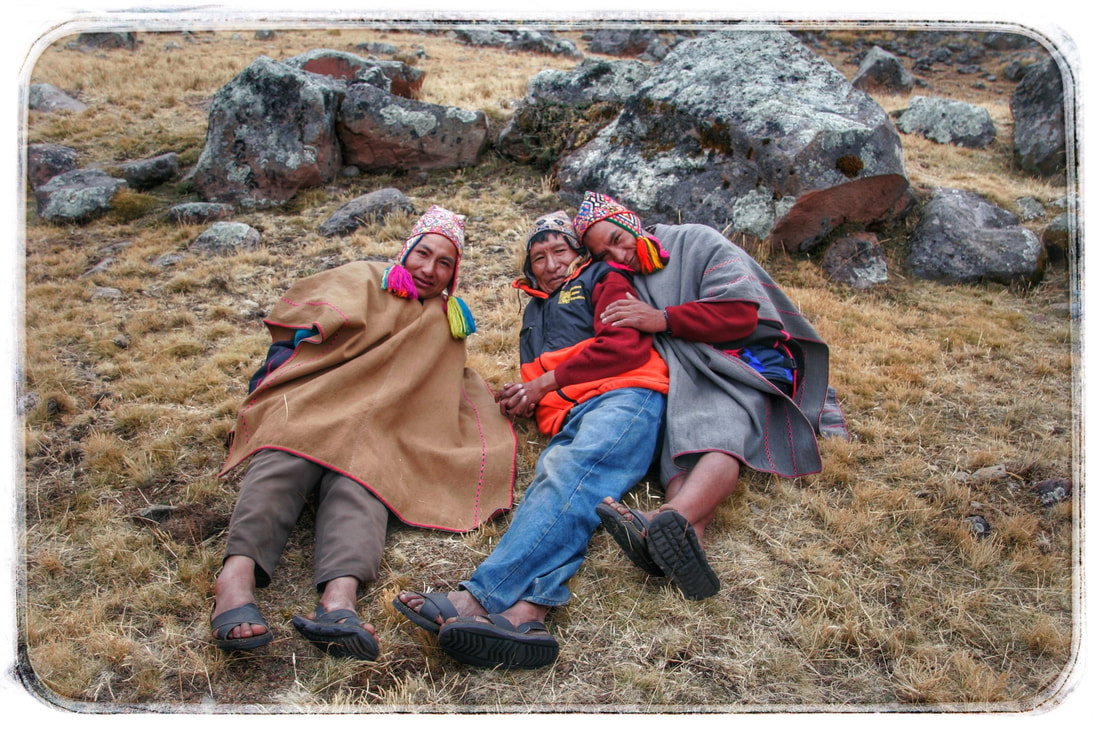
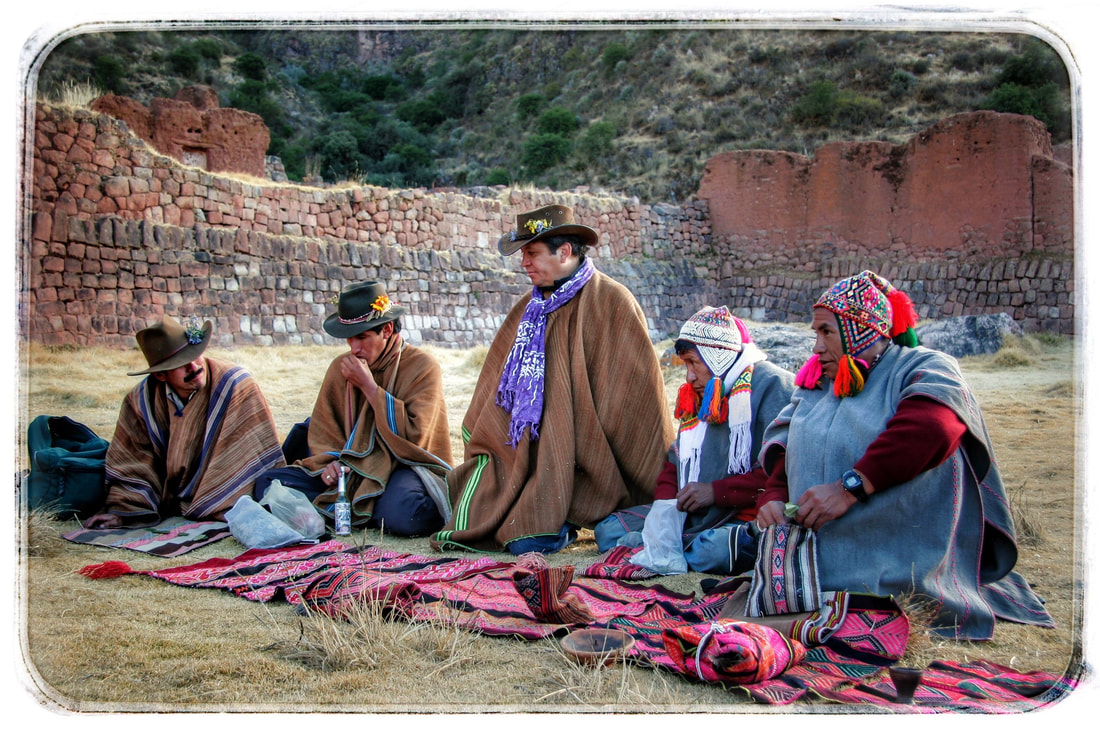
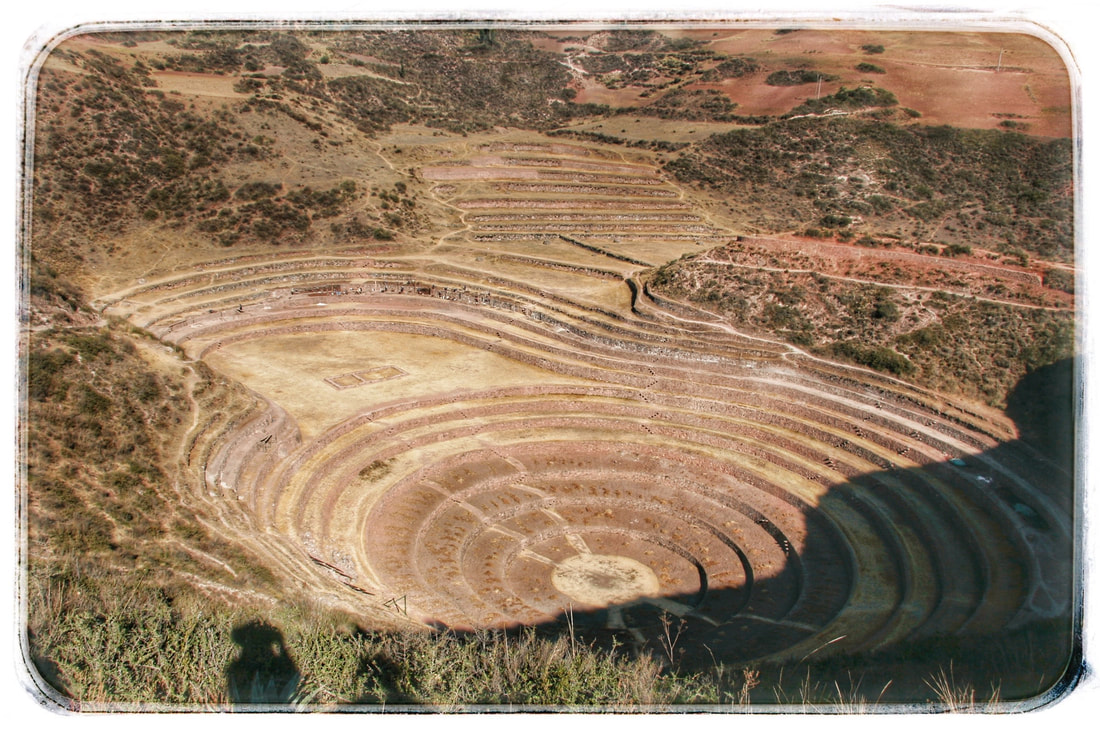
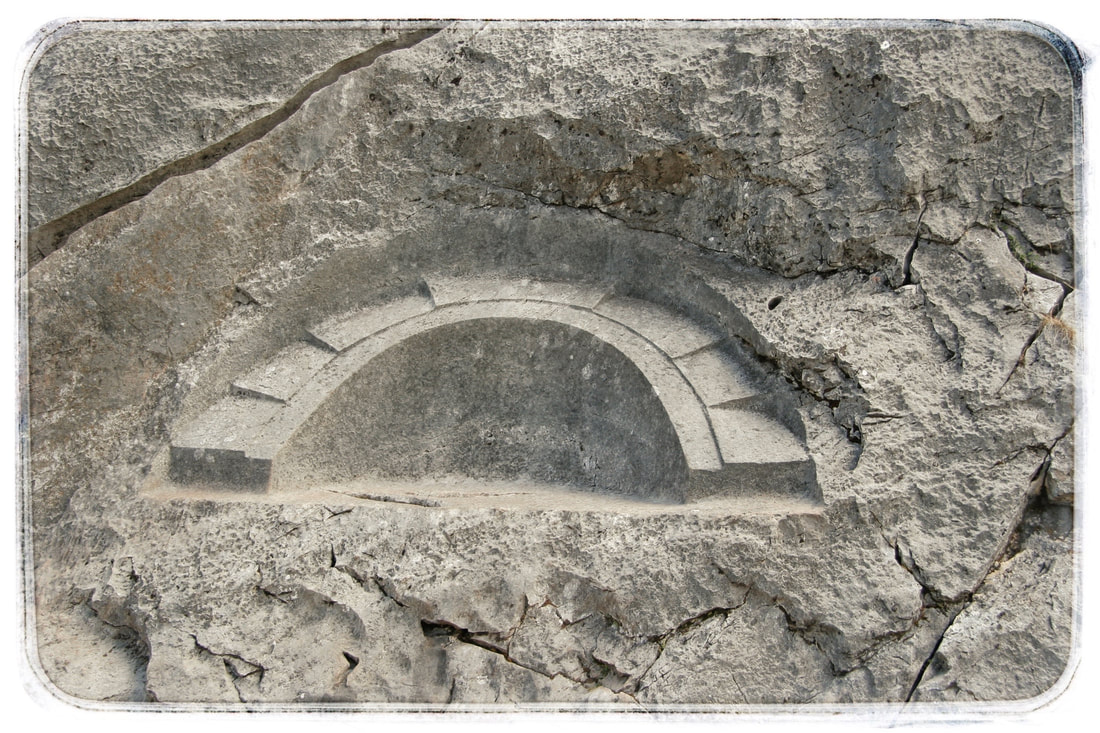
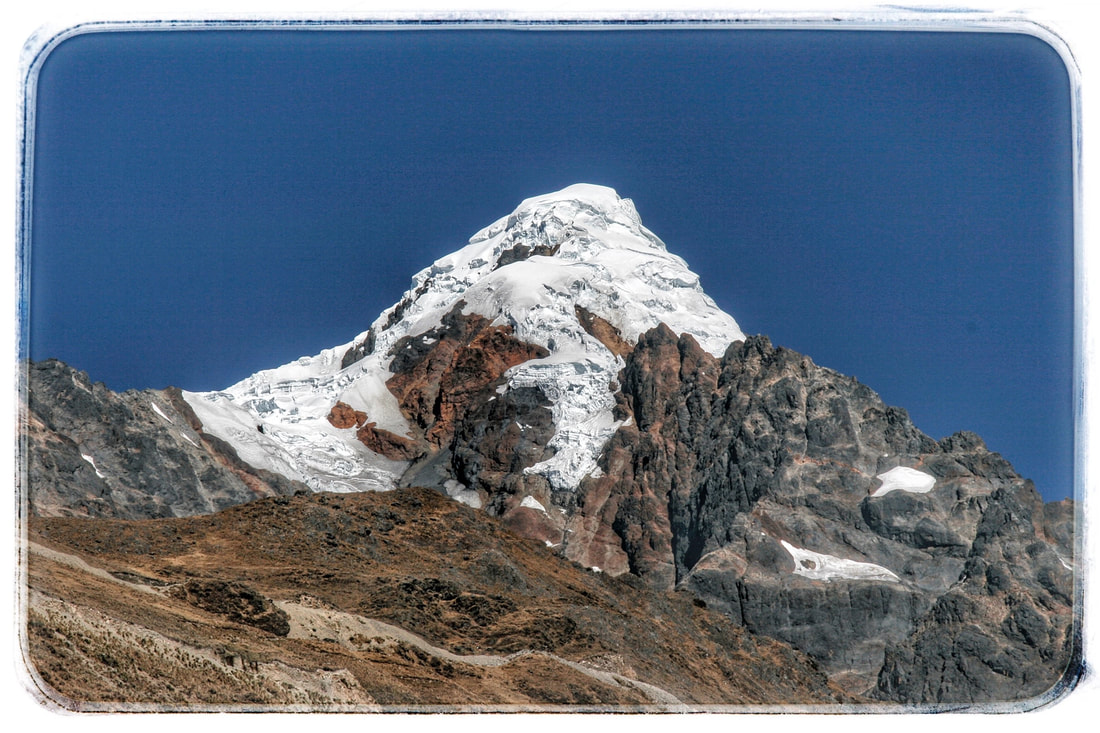
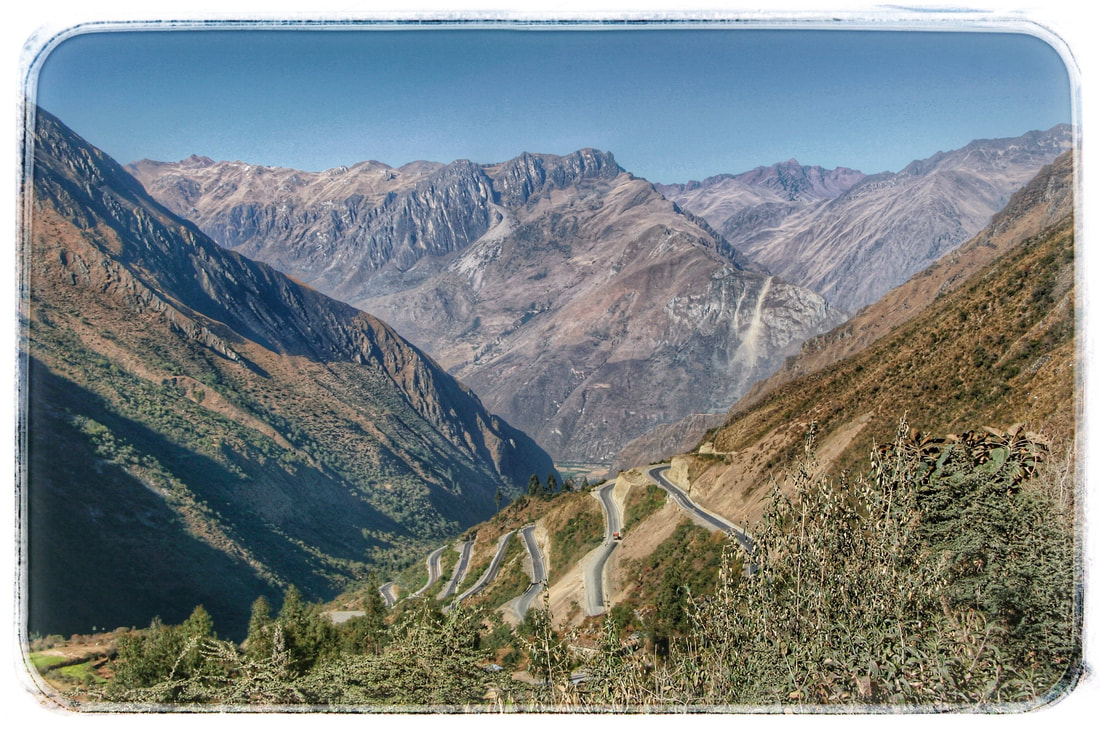
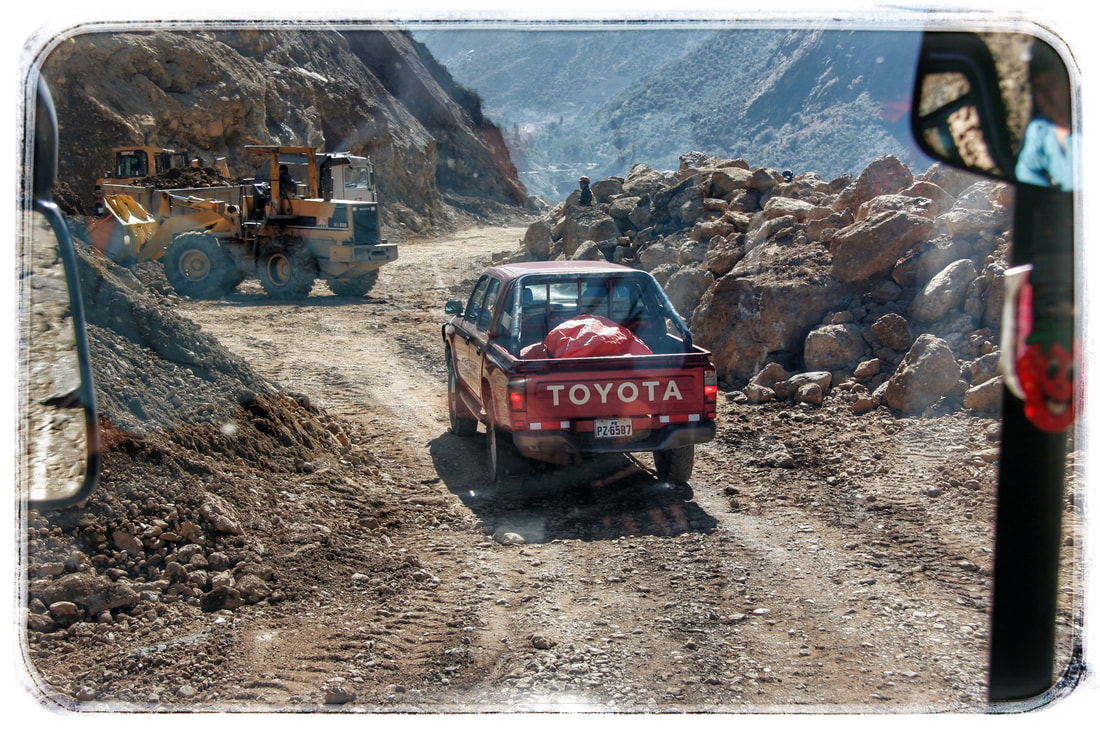
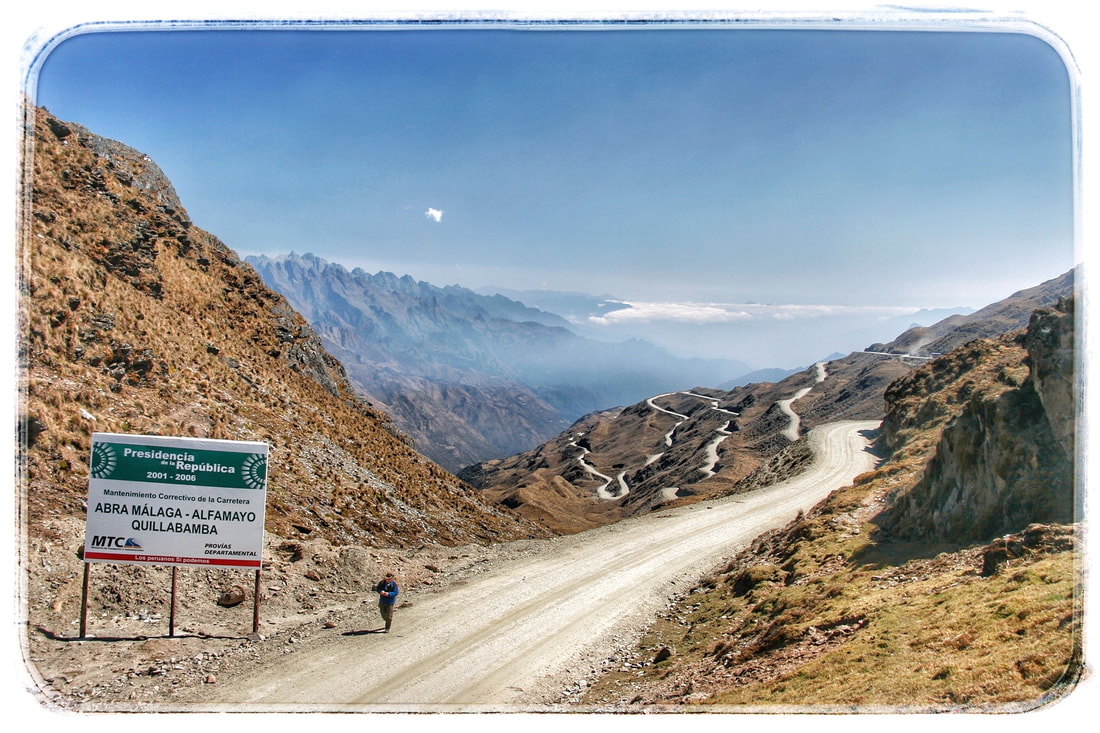
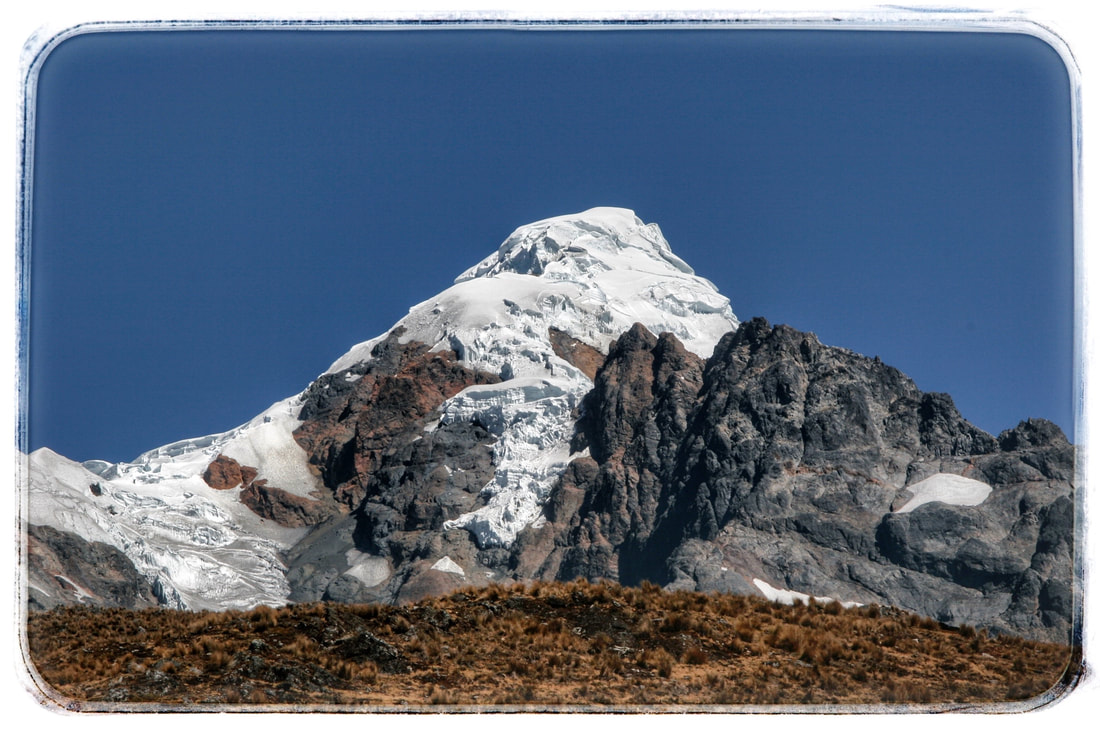
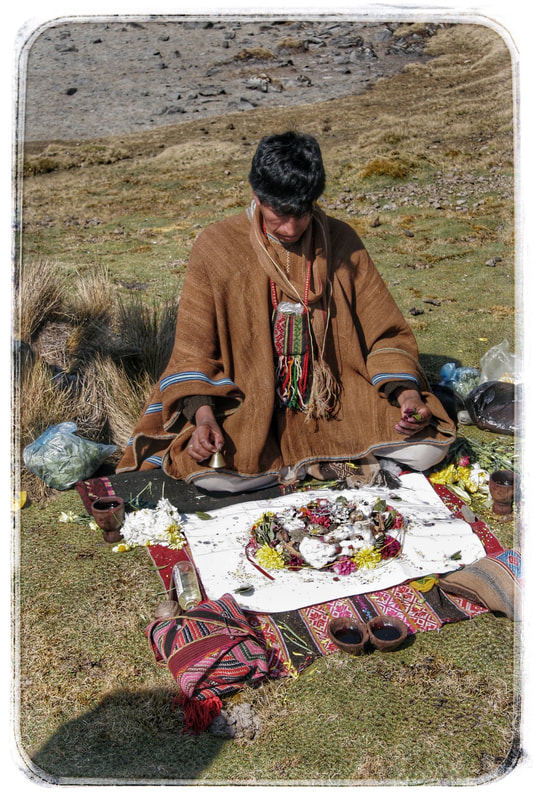
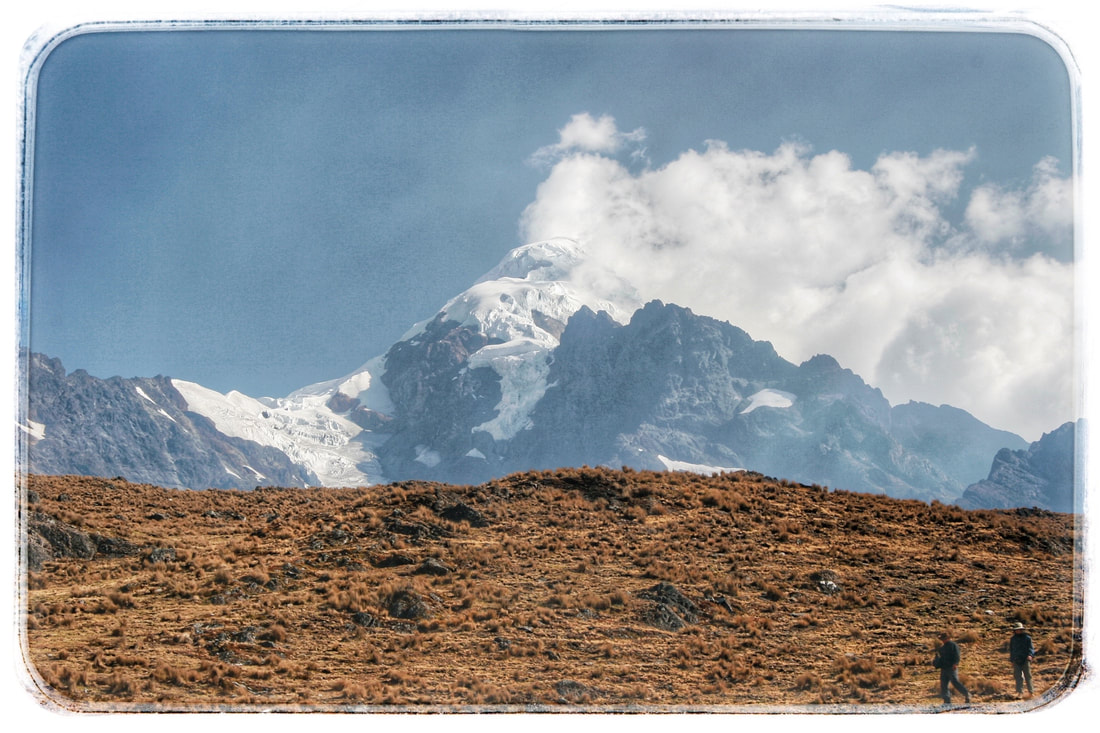
 RSS Feed
RSS Feed
